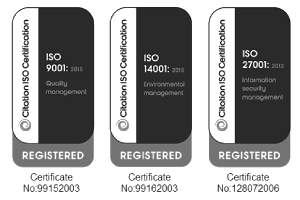Delivering Innovation and Efficiency!
Progressive austerity appears to be the message on public finances for the foreseeable future. In local government this translates to reducing costs or cutting services in order to pay for the sins of the bankers.
For those who have been in local government over the last few decades this is not exactly a new phenomenon. From the mid-1970s onwards every few years another government financial crisis appears, often originating from another source; from the International Monetary Fund intervention to CCT and from Black Wednesday to Gershon.
And as much as we can blame others for all of this, the reality is that the public sector has rapidly become the media whipping boy once again.
There is much talk of incremental improvement being exhausted with innovation and step change being the only solution. But is this really true? Or is it a convenient truth for those who stand to prosper from alternative forms of service delivery?
My view is that creating an environment in which efficiency and continuous improvement flourish will allow a culture of innovation to develop. It will also place local authorities in pole position to lead other public sector agencies in the total place agenda. So what might this environment look like?
Firstly, there needs to be a focus on good local performance management data. Not centrally driven targets, but meaningful useful information that identifies a baseline of performance which can be scrutinised for competitiveness and challenged by both elected members and local people.
Phase two is about process benchmarking with others to identify who has outstanding performance at present then examining how to get to that standard or level of efficiency.
This can be done in a variety of ways, but the management tools and techniques associated with systems thinking approaches could prove a useful start rather than simply attempting to replicate others.
Involving staff from all levels of the organisation from the outset in this process will help spread the message and build ownership of the solutions.
Having untangled staff from the organisational straitjacket of the past, you are now into level three where innovation can flourish. Transformational service redesign can take place by eradicating waste and bureaucracy and enabling such innovations as the co-production in service delivery we have seen in recycling and waste minimisation over the past few years.
This has encouraged residents to take more responsibility for their actions while having greater input into service design and allowed more to be done for less.Of course it may prove easier to achieve the benefits created by such an environment if you have retained control of your own destiny.
For councils locked into long-term contracts, it is likely to be someone else who reaps the rewards.

.png)



.png)